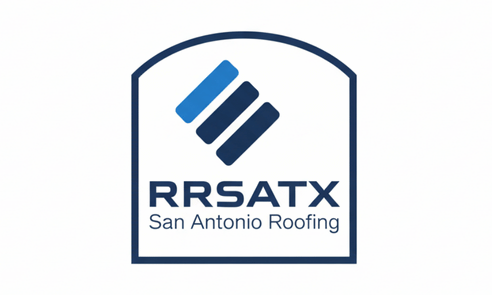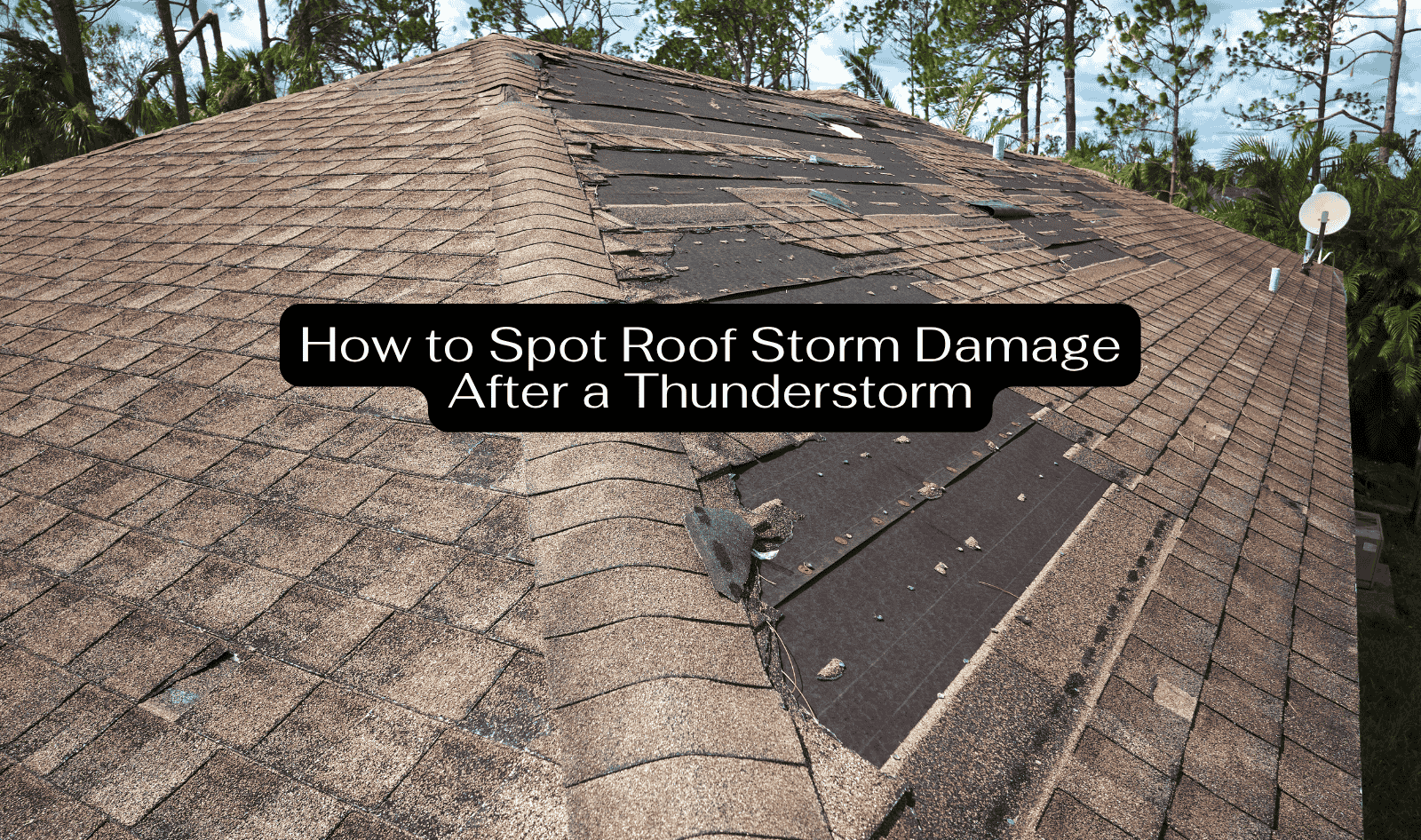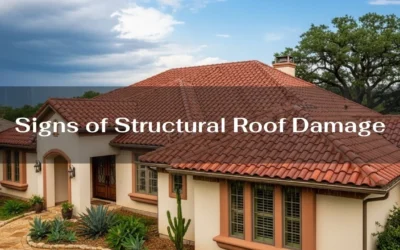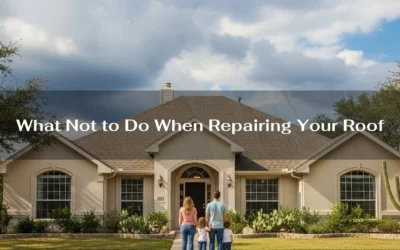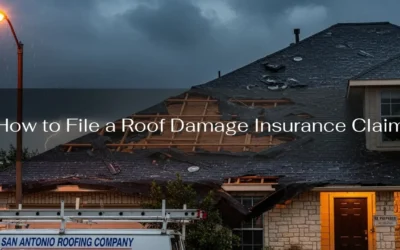Living in San Antonio means we’re no strangers to severe weather. From sudden, powerful thunderstorms to destructive hailstorms, our roofs take a beating. After the skies clear, it’s natural to breathe a sigh of relief, but your work isn’t over. The moments right after a storm are crucial for protecting your home from further damage.
The problem is, storm damage isn’t always obvious. A large tree limb on your roof is hard to miss, but what about a small, dented shingle or a tiny crack in the flashing? These seemingly minor issues can turn into significant leaks and costly repairs if left unchecked. Knowing what to look for can make all the difference.
Step 1: Check from the Ground First
Before you get out the ladder, do a quick visual inspection from a safe distance. Walk around your property and look for these tell-tale signs:
- Missing Shingles: This is often the most visible sign of wind damage. Look for bare spots on your roof where shingles have been ripped off, or find shingles scattered in your yard.
- Dented Gutters or Downspouts: Hail can leave dings and dents on metal surfaces. If you see these on your gutters, there’s a high probability the same damage exists on your roof.
- Damaged Flashing: Flashing is the metal material around your chimney, skylights, and vents. If it’s bent, creased, or loose, it could lead to a leak.
- Granules in Your Yard: A significant amount of what looks like black sand in your yard or gutters is a major red flag. These are the protective granules from your shingles. If they’re gone, your shingles are exposed and vulnerable. (For more on this, read our post: 5 Signs You Need a Roof Inspection in San Antonio, TX)
Step 2: Know the Signs of Hail Damage
Hail damage is particularly tricky because it’s not always easy to see. A small hailstone might not break a shingle, but it can create “bruises” or soft spots that will fail over time.
- Circular Dents: Look for small, circular indentations or cracks on shingles. These can be hard to see from the ground, which is why a professional inspection is so important.
- Damage to Other Exterior Elements: If you see dents on your siding, garage door, or air conditioning unit, it’s highly likely your roof has also been hit.
Step 3: Check Your Attic for Leaks
If it’s safe to do so, grab a flashlight and head into your attic. This is the best place to find the early stages of a leak that haven’t made it to your living spaces yet. Look for:
- Water Stains or Dark Spots: Check the underside of your roof deck for any signs of water intrusion.
- Damp or Discolored Insulation: Wet insulation is a clear sign of a leak.
- Mold or Mildew: Any signs of mold are a serious health hazard and indicate a long-term moisture problem.
Don’t Wait: Schedule a Storm Damage Inspection
After a storm, time is of the essence. The longer you wait, the more damage can occur, and the more difficult it may be to get an insurance claim approved. A professional San Antonio storm damage repair expert can provide a comprehensive inspection, document all damage, and help you navigate the often-confusing insurance claim process.
Don’t let a small, unaddressed issue become a major headache. Taking proactive steps and scheduling a post-storm inspection is the best way to protect your investment. Remember, this is a critical part of a comprehensive roof maintenance plan.
Experienced a storm? Don’t delay. Contact us today for a free storm damage inspection and a no-obligation quote.
